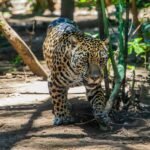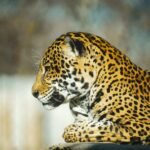Big cats like lions, tigers, leopards, and cheetahs are among the most iconic species on Earth, but their populations are under severe threat. Habitat loss, poaching, and human-wildlife conflict have driven many species to the brink of extinction. Genetics plays a crucial role in conservation efforts, helping scientists ensure the survival of these majestic animals for future generations.
Understanding Genetic Diversity
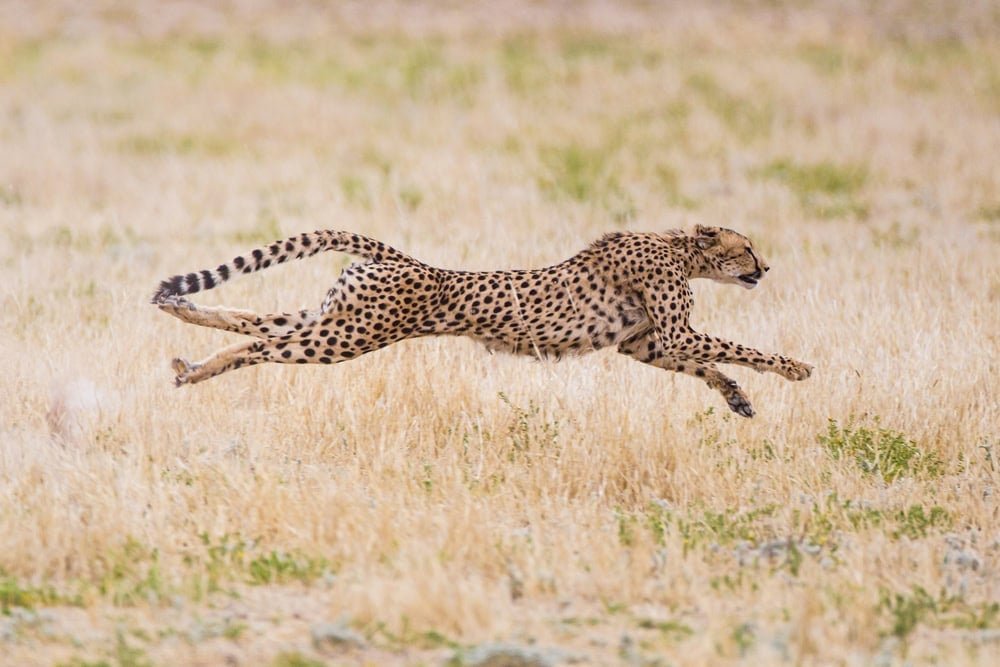
Genetic diversity is the foundation of any species’ long-term survival. It ensures populations are resilient to diseases, environmental changes, and other threats. In big cats, a lack of genetic diversity caused by small and isolated populations increases the risk of inbreeding, which can lead to health issues and lower reproductive success.
Genetic Tools in Conservation

Modern genetic tools, such as DNA sequencing, allow researchers to analyze big cat populations in unprecedented detail. By studying genetic markers, scientists can assess the diversity and health of populations, identify related individuals, and even trace the origins of illegally trafficked animals. These insights are invaluable for designing effective conservation strategies.
Breeding Programs and Genetics
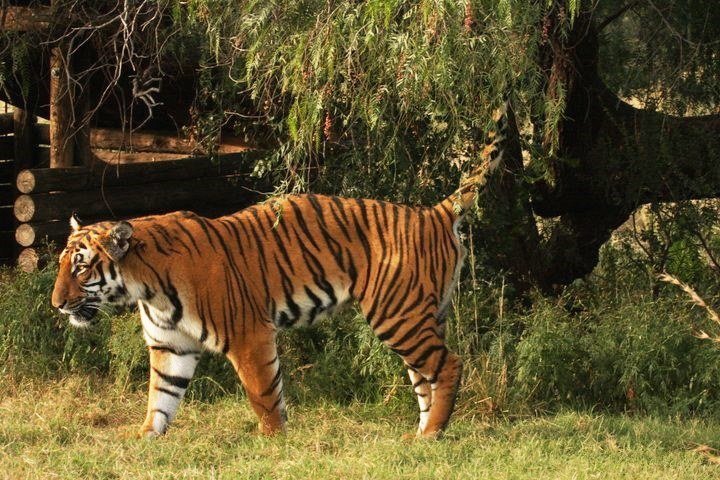
Captive breeding programs for big cats rely heavily on genetic research to ensure healthy populations. Genetic data helps zoos and conservation centers match individuals to prevent inbreeding and maintain genetic diversity. For example, carefully planned breeding programs have been critical in bolstering populations of endangered species like the Amur leopard and Bengal tiger.
Preserving Wild Populations
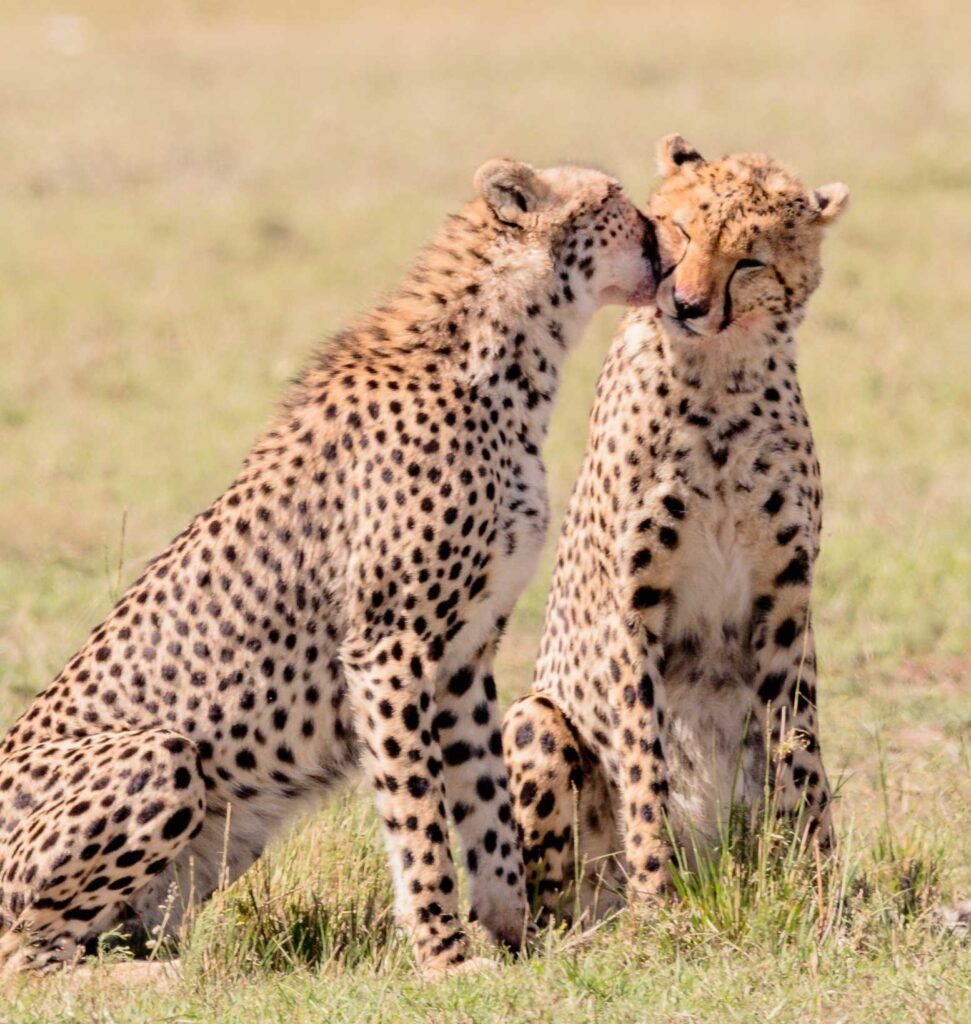
For wild populations, genetics helps conservationists understand population dynamics and connectivity. Tracking gene flow between isolated groups of big cats can highlight corridors that need protection or restoration. Maintaining these connections is essential for allowing natural breeding and reducing the genetic risks associated with small, fragmented populations.
Fighting Poaching and Illegal Trade
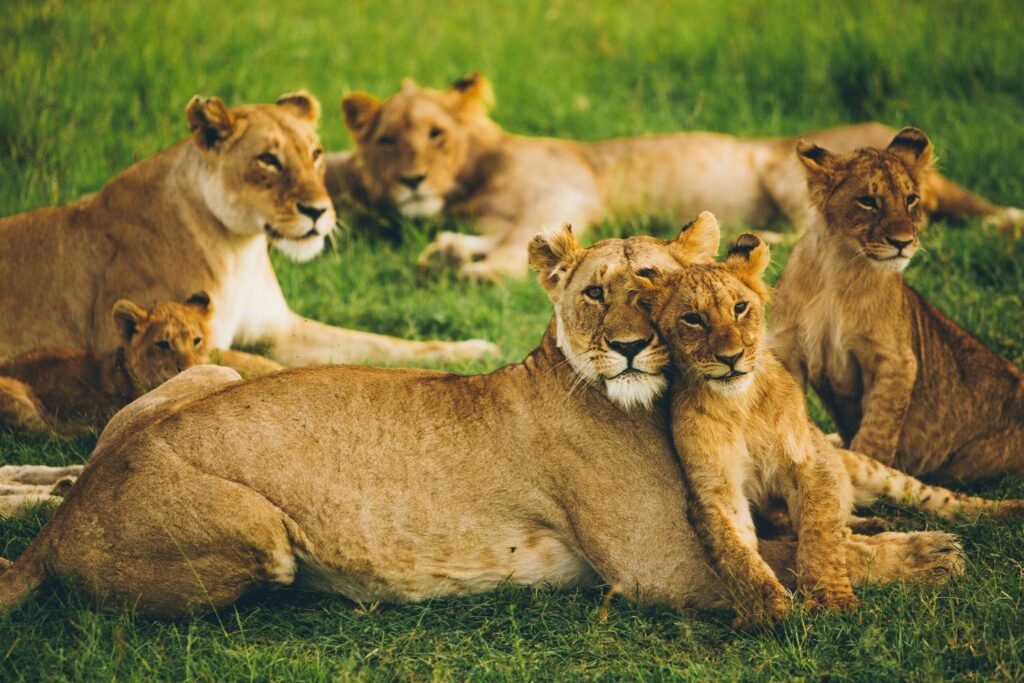
Genetic technology is also a powerful tool in combating wildlife crime. By analyzing DNA from confiscated animal parts, scientists can identify species and sometimes even trace the geographic origin of poached animals. This data supports law enforcement efforts and strengthens international agreements to protect big cats.
The Future of Conservation Genetics
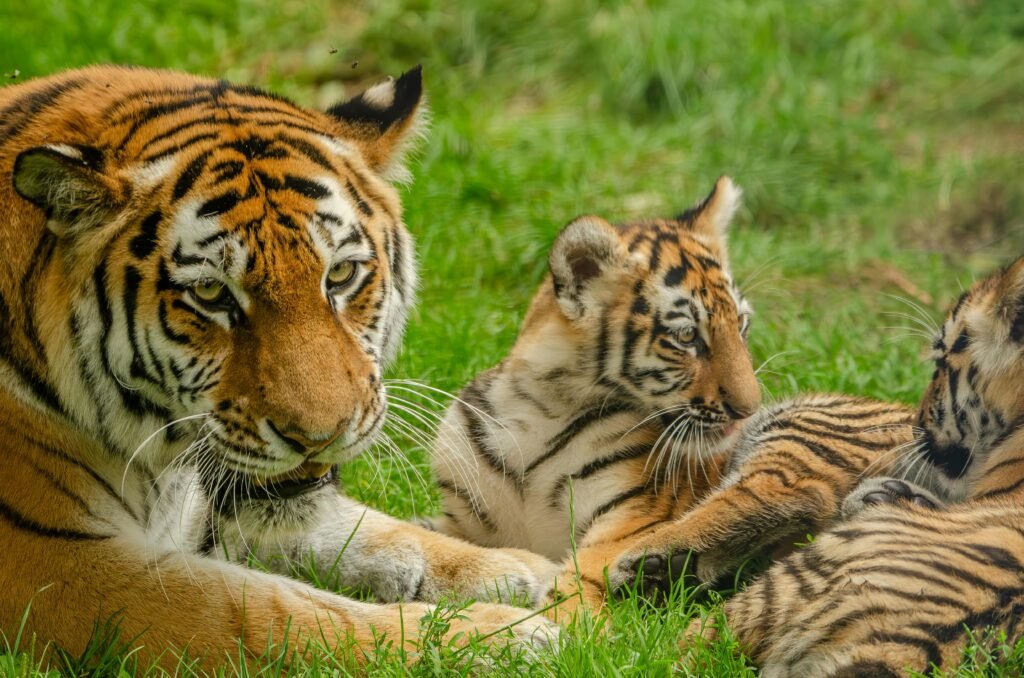
As genetic technology advances, its applications in big cat conservation are expanding. Emerging techniques like genome editing and cloning may one day complement traditional conservation efforts, although ethical considerations remain crucial. For now, genetics continues to be a cornerstone of understanding and protecting these endangered species.
A Vital Piece of the Puzzle
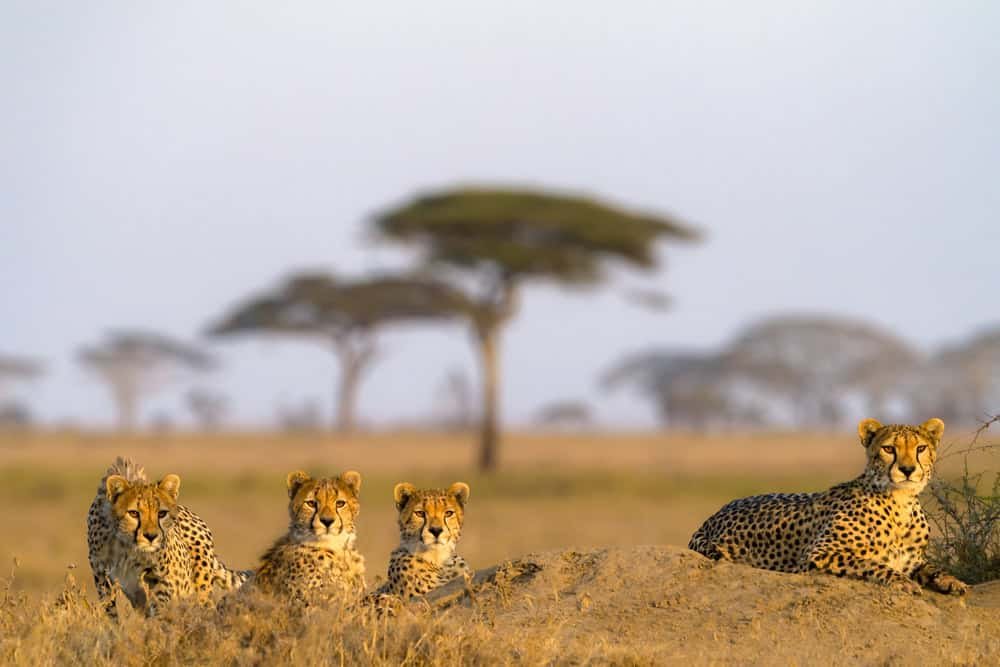
Big cat conservation requires a multifaceted approach, combining habitat protection, community engagement, and scientific innovation. Genetics provides critical insights that guide these efforts, ensuring that big cat populations remain healthy and resilient. With continued research and global collaboration, we can work toward a future where these magnificent animals thrive once more.

Growing up traveling and experiencing new cultures and wonders, I have had a passion for nature, adventuring, photography, and videography. I am currently working towards a BSc in Biodiversity and Ecology at Stellenbosch University, and I hope to specialise in Marine Sciences one day.
Please send any feedback to Feedback@animalsaroundtheglobe.com


